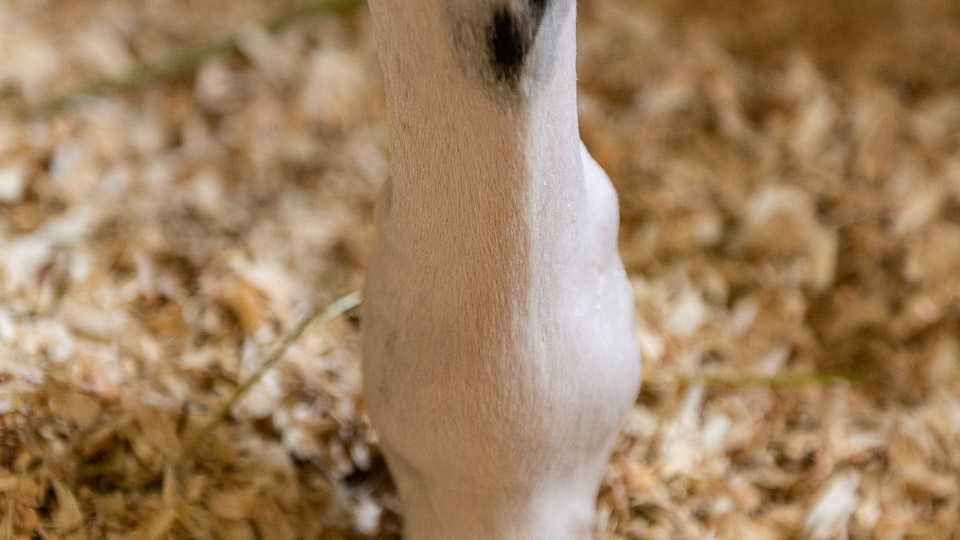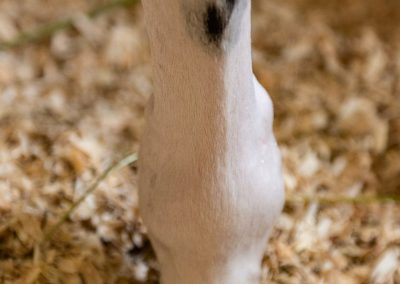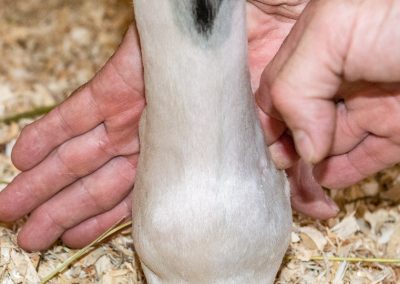
Horse Musculoskeletal Diseases – Fluid Filling Of The Fetlock And Cannon Bone
Welcome to this topic page. Right now I have not written an article and summary but be sure to check for images in the gallery.
As time moves on I am adding summaries and articles, videos and podcasts so eventually there will be something on every topic. Please be patient but if you are impatient, please contact me to encourage me to work on a specific topic. Go to the forum for “New Content Requests” and I’ll get right on it. Thanks for visiting this topic page. Doc T
**CONTINUED IN ARTICLE TAB**
Related material – Sometimes I have a lot of material here that I have written, podcasted, video blogs and other things. They will be listed in this tab.
Use the browser back button or menu to return to the index of topics.
⬇︎ CLICK ANY IMAGE BELOW TO REVEAL MORE INFORMATION ⬇︎
I have not written an article for this topic but be sure to check the captions of the images below.
As time moves on I am adding articles, videos and podcasts so eventually there will be something on every topic. Please be patient but if you are impatient, please contact me to encourage me to work on a specific topic. Go to the forum for “New Content Requests” and I’ll get right on it. Thanks for visiting this topic page. Doc T
Any videos related to this topic will be added here.
- Additional tables
- Links to other in house articles
- Links to outside articles
- Reference material used in developing this topic.
There are no related articles here if you don’t see linked items.





Hello Dr. Tucker, What
about erratic lateral/medial Cannon bone fluid retention, seemingly in “pockets” of stuck connective (Fascial) tissue, but no heat or pain? What is your take on this please?
I am not sure. Fluid retention can occur with damage to the underlying tissue with collection in pockets that come and go. This fluid is usually edema and disappears with a pressure wrap or with exercise.
Some horse get edema after laying down on the limb creating pressure and filling that goes away after rising and moving. Other than this, I’m not sure.